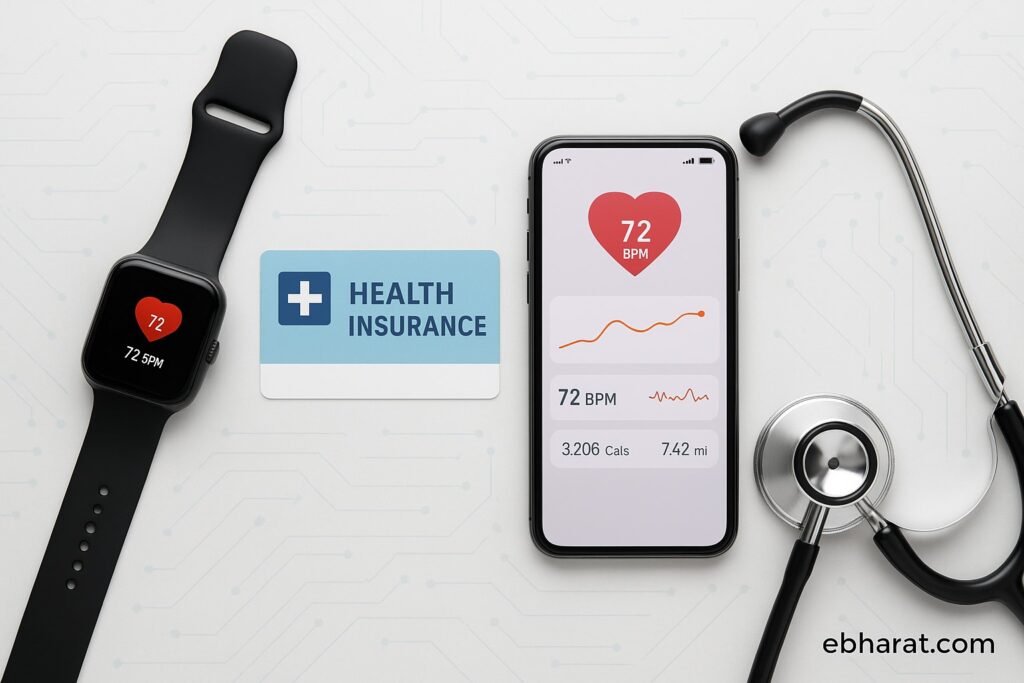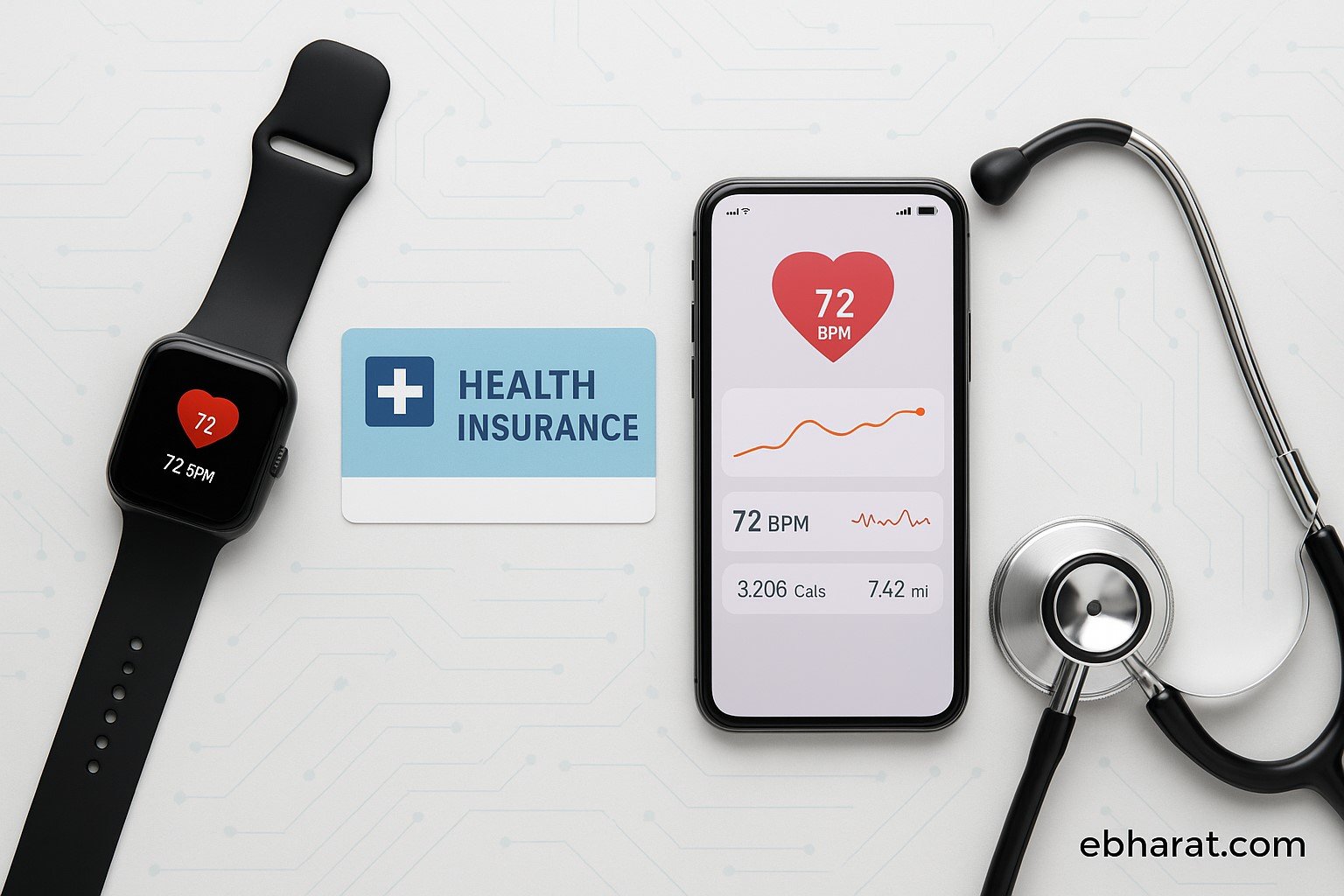
The Indian insurance landscape is undergoing a fundamental transformation — moving from the traditional “repair and replace” model to a “prevent and monitor” approach. This shift is being fueled by the growing adoption of wearable devices, real-time data, and AI-powered health insights.
According to industry leaders, insurers are now actively investing in predictive analytics to reduce claim incidents by flagging health, driving, or lifestyle risks before they turn into costly claims.
Why the Shift?
Traditionally, insurance policies have operated on post-incident payouts — such as hospitalization, car repairs, or damage replacements. But with rising claim ratios, fraud, and customer churn, insurers are now focused on reducing the occurrence of the event itself.
Wearable data, including heart rate, oxygen levels, sleep quality, and movement, is now being integrated into health and life insurance underwriting. Companies like ICICI Lombard, HDFC ERGO, and ManipalCigna have already started offering premium discounts, loyalty points, or health rewards for consistent fitness goals tracked via apps and smartwatches.
Use Cases Expanding Fast
- Motor Insurance: Telematics devices track braking, acceleration, and speed to determine premium.
- Health Insurance: Wearables notify users and insurers about abnormal health patterns.
- Home Insurance: IoT-based smoke detectors and motion sensors can trigger real-time alerts.
- Employee Benefits: Group health plans are integrating wellness apps for monitoring mental and physical health.
Challenges Ahead
Despite the promise, the transition is not without obstacles. Privacy concerns, data reliability, and regulatory ambiguity continue to slow adoption. Insurers are also facing pushback from agents used to traditional commission-based sales.
However, experts agree that “proactive insurance” is not just a trend — it’s the future. “You can’t sustain profitability by reacting to loss anymore,” said an IRDAI official. “You have to prevent it.”





